
OR
Govt faces uphill battle to eradicate tuberculosis in Nepal
Published On: January 27, 2024 09:20 PM NPT By: Pabitra Sunar
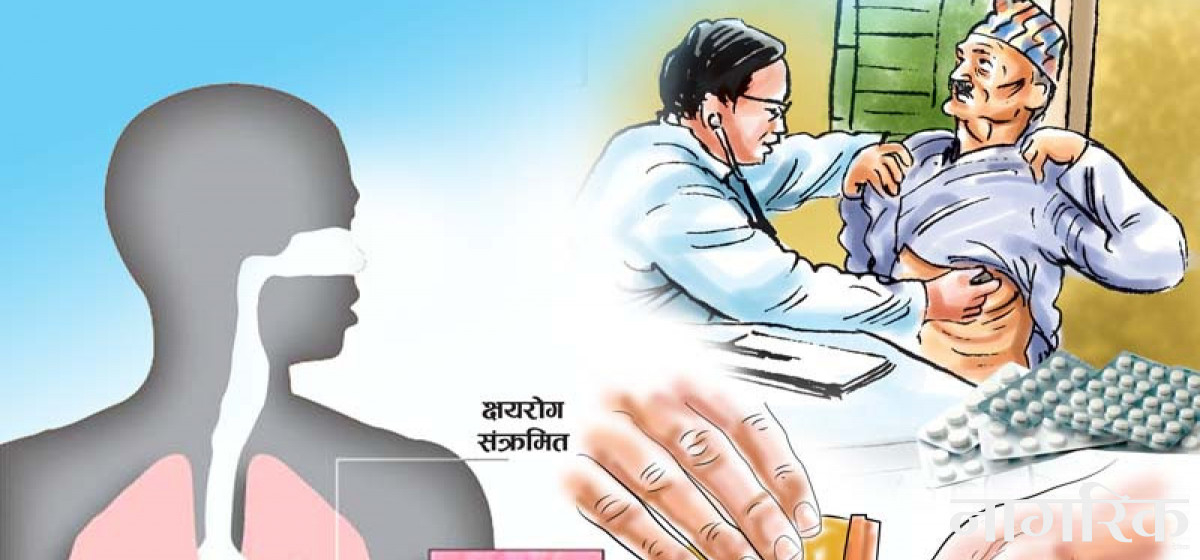
KATHMANDU, Jan 27: Experts have pointed out that the government faces an uphill battle to eradicate tuberculosis in Nepal by 2050. The experts made such remarks at a program held in the capital on Friday on the topic 'Stop Tobacco Use, End Tuberculosis'.
According to the experts, Nepal is the sixth most affected country by tuberculosis in Southeast Asia. According to the sustainable development goal, the disease should be reduced by 90 percent in the next 11 years compared to the data of 2015.
“Similarly, the target is to reduce the deaths caused by tuberculosis by 95 percent. But it is a very big challenge,” said Dr Prajwal Shrestha, the director of the National Tuberculosis Center.
According to him, a survey conducted before 2019 indicated a low rate of tuberculosis in Nepal with effective treatment. However, the latest national tuberculosis survey has revealed a higher rate of new infections, surpassing previous levels.
"In a survey conducted in 2015, there were 141 new cases of tuberculosis per 1 million population in Nepal. In 2019, this number increased to 245 new cases per 1 million, indicating a rise in the rate of infection of tuberculosis despite the effectiveness of treatment," said Dr Shrestha, presenting contrasting figures on the impact and treatment effectiveness of tuberculosis in the country.
"Increase in the new infection rate is a challenge in itself," he said. According to the World Health Organization, 69,000 new people are infected with tuberculosis every year in Nepal. But last year, 37,777 new tuberculosis patients came in contact with the National Tuberculosis Center and this year, 37,500 have come in contact.
This is because many tuberculosis patients buy medicine from private health institutions instead of the government facility. A large number of patients are in the community and cannot be contacted. Identifying them and offering treatment to them is the current challenge, explained Dr Shrestha.
The government data show that Madhesh Province has the highest number of tuberculosis patients at 24 percent, followed by Bagmati Province at 23 percent and Lumbini province at 21 percent. These three provinces account for 68 percent of tuberculosis patients in the country.
According to the latest study, the treatment of tuberculosis patients in Nepal has been found to be effective. The study pointed out that among the causes of tuberculosis, malnutrition is the main challenge. Malnourished individuals are more susceptible to tuberculosis. Similarly, tuberculosis is more common among people who take alcohol and smoke.
High rates of tuberculosis infection have also been observed in people suffering from diabetes, cancer and HIV. Apart from these factors, the open border with neighboring India is also the main problem, said Dr Shrestha.
"The free movement of people between Nepal and India, mainly due to the open border, appears to be the main challenge in controlling tuberculosis infection," Dr Shrestha emphasized.
“In order to achieve the goal of reducing tuberculosis by the year 2035, Nepal should adopt policies and programs such as screening for tuberculosis in common people, treating tuberculosis patients thoroughly and providing them with effective treatment, testing with digital x-rays in high-risk villages,” suggested Professor Guy Marks, president of the International Union Against Tuberculosis and Lung Disease. "Many people should be tested at once," he said.
As long as smoking, malnutrition and open border prevail in Nepal, tuberculosis will never be controlled, said Dr Bikash Devkota at the Ministry of Health and Population.
"Even now, there is an increased tendency of school-aged teenagers to smoke," Dr Devkota said.
Addressing the program, Bhakta KC of the National Health Education Information and Communication Center and Gopikrishna Regmi, under secretary of the Law Department of the Ministry of Health and Population, said that there is a legal flaw in the implementation of the Tobacco Products (Control and Regulatory) Act. In addition to this, they have suggested to proceed with special policies and programs in tuberculosis control to achieve the target within 15 years. In order to achieve the target, the National Tuberculosis Center has announced that the detection and treatment program has been started in 125 at-risk local bodies.
You May Like This
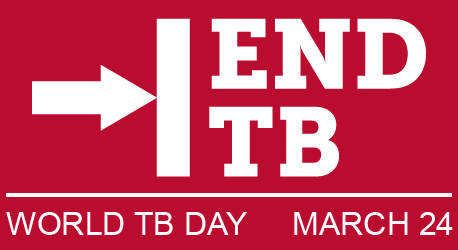
‘It’s Time’ Tuberculosis stops killing 18 people every day
KATHMANDU, March 24: Tuberculosis kills 18 people every day, according to the National Tuberculosis Center. In 2017/18, at least 196,000... Read More...
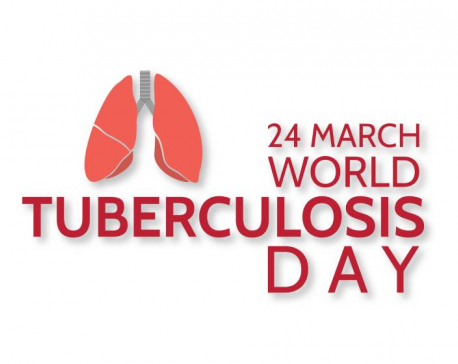
Nepal reported 70,000 new TB patients last fiscal year
KATHMANDU, March 25: The country reported almost 70,000 new patients of tuberculosis (TB) in the fiscal year 2079/080 BS. According... Read More...

MARCH 24: 6 things to know by 6 PM today
Your daily dose of missed important news of the day. ... Read More...






Just In
- One killed in a fire incident in Dadeldhura
- JSP Central Executive Committee meeting being held today to discuss national convention representative election guidelines
- KMC adjust office hours, services now start at 9AM
- Five-match T20 series: first match between West Indies 'A' and Nepal starts today
- Govt yet to pay Rs 60 billion to contractors
- Nepal’s poorest district identified as Bajura, richest as Mustang
- Wind storm likely at a few places of Koshi and Sudurpaschim
- EVs adoption in Nepal surge in Nepal with government support measures







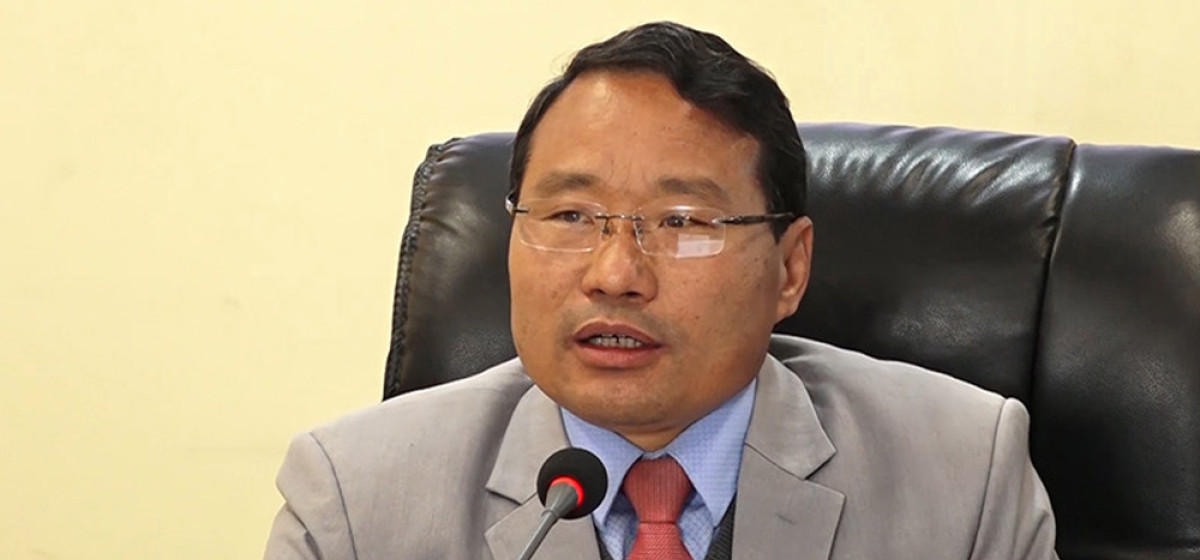

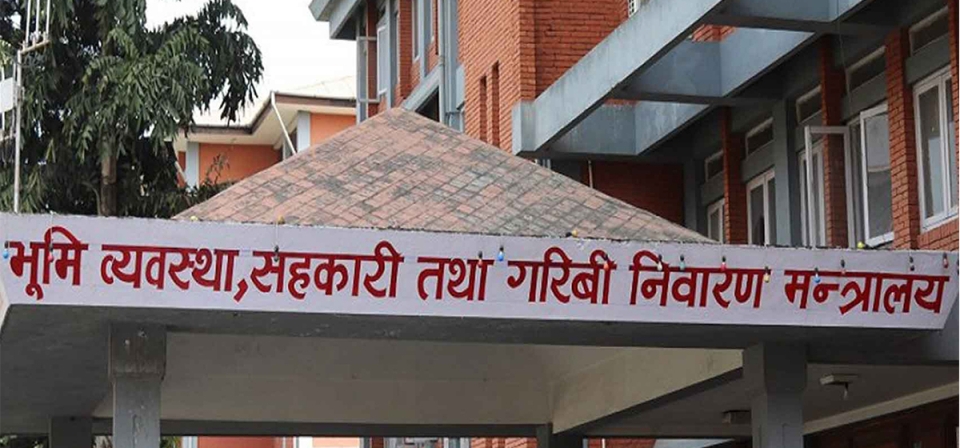


Leave A Comment